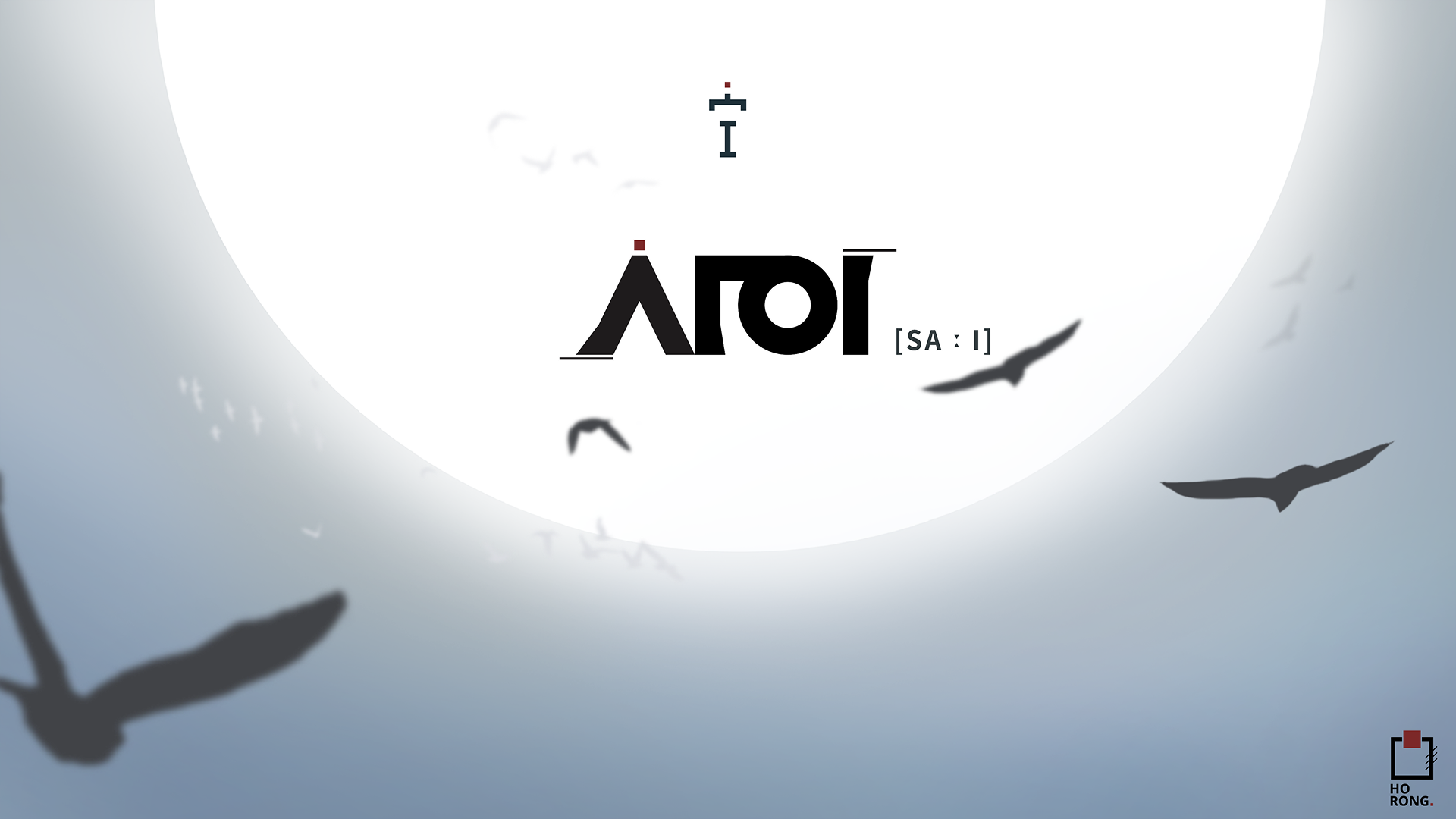

In the world of SA:I, death is not something to be defeated. It is a journey to be understood, embraced, and finally accepted.
SA:I is a mobile platformer game featuring multiple endings based on the player’s choices. Players solve puzzles by moving map pieces and interacting with various objects and creatures. Every map and object carries a symbolic meaning connected to the story. The more players uncover the hidden meanings behind these symbols, the closer they come to discovering the true ending.
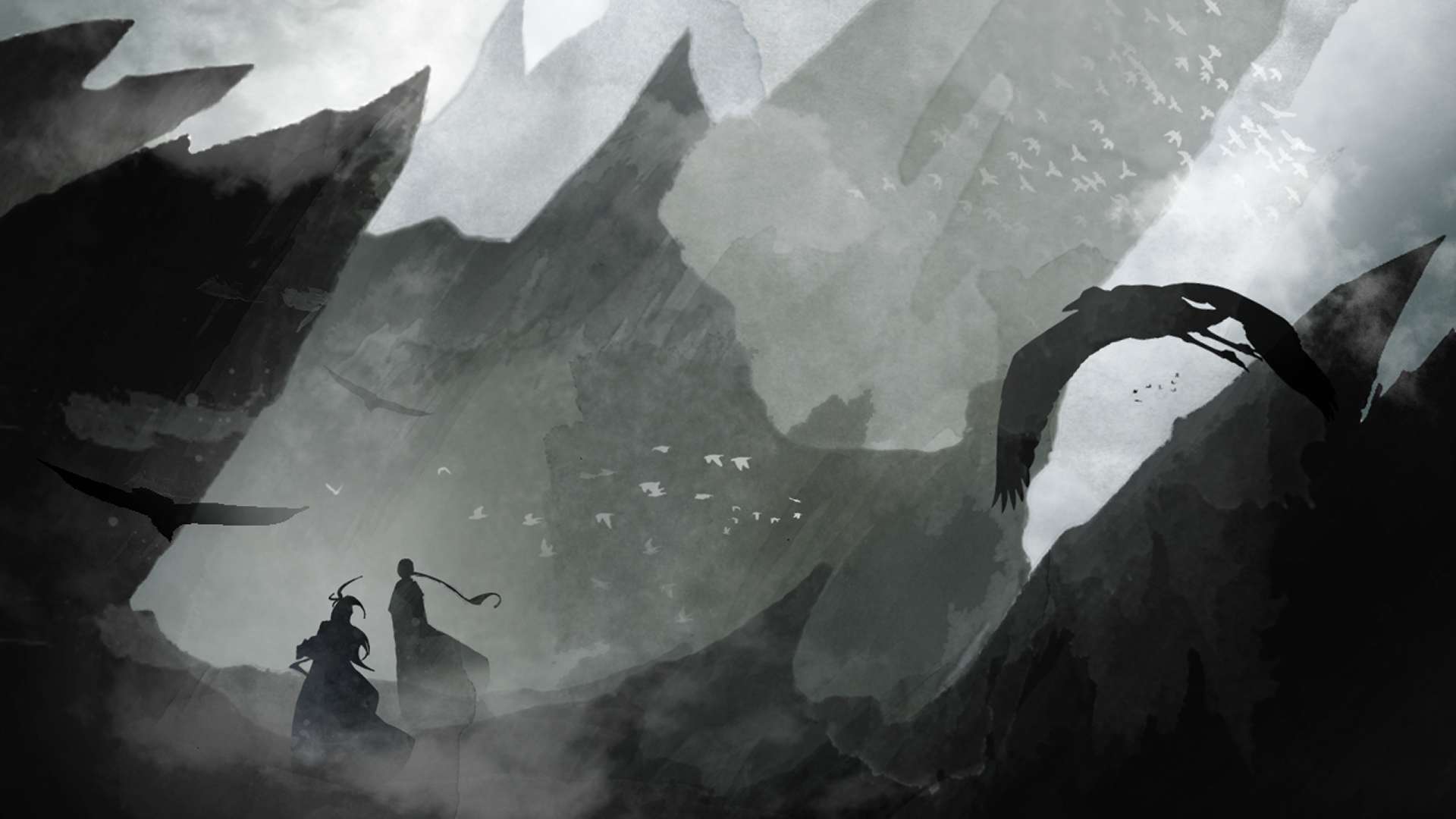
SA:I consists of five stages, each representing a different phase of grief. The creatures, environments, and map designs within each stage symbolize the emotional journey of the deceased as they confront death.
Inspired by Elisabeth Kübler-Ross’s model of grief (1926–2004), the game reflects the five stages people experience when facing loss: Denial, Anger, Bargaining, Depression, and Acceptance.
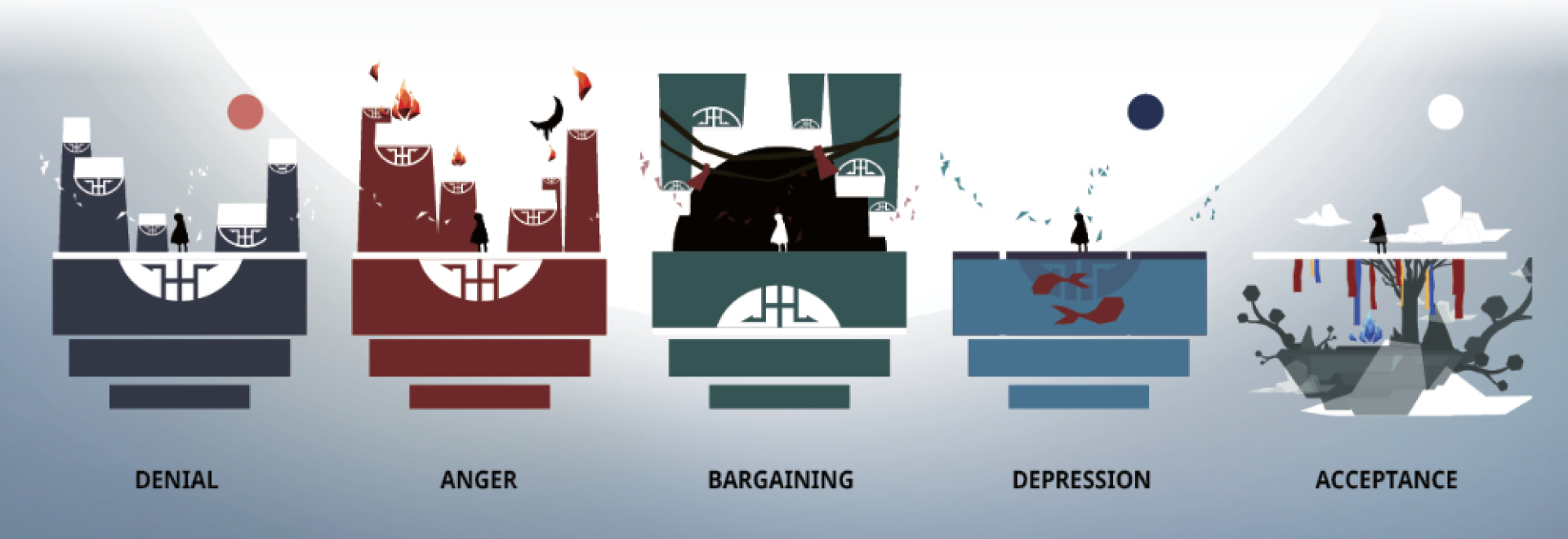
Denial
This is the first stage of grief. In denial, individuals struggle to accept what has happened. They cling to memories, thoughts, or illusions that feel safer than reality, holding on to what they can no longer reach.
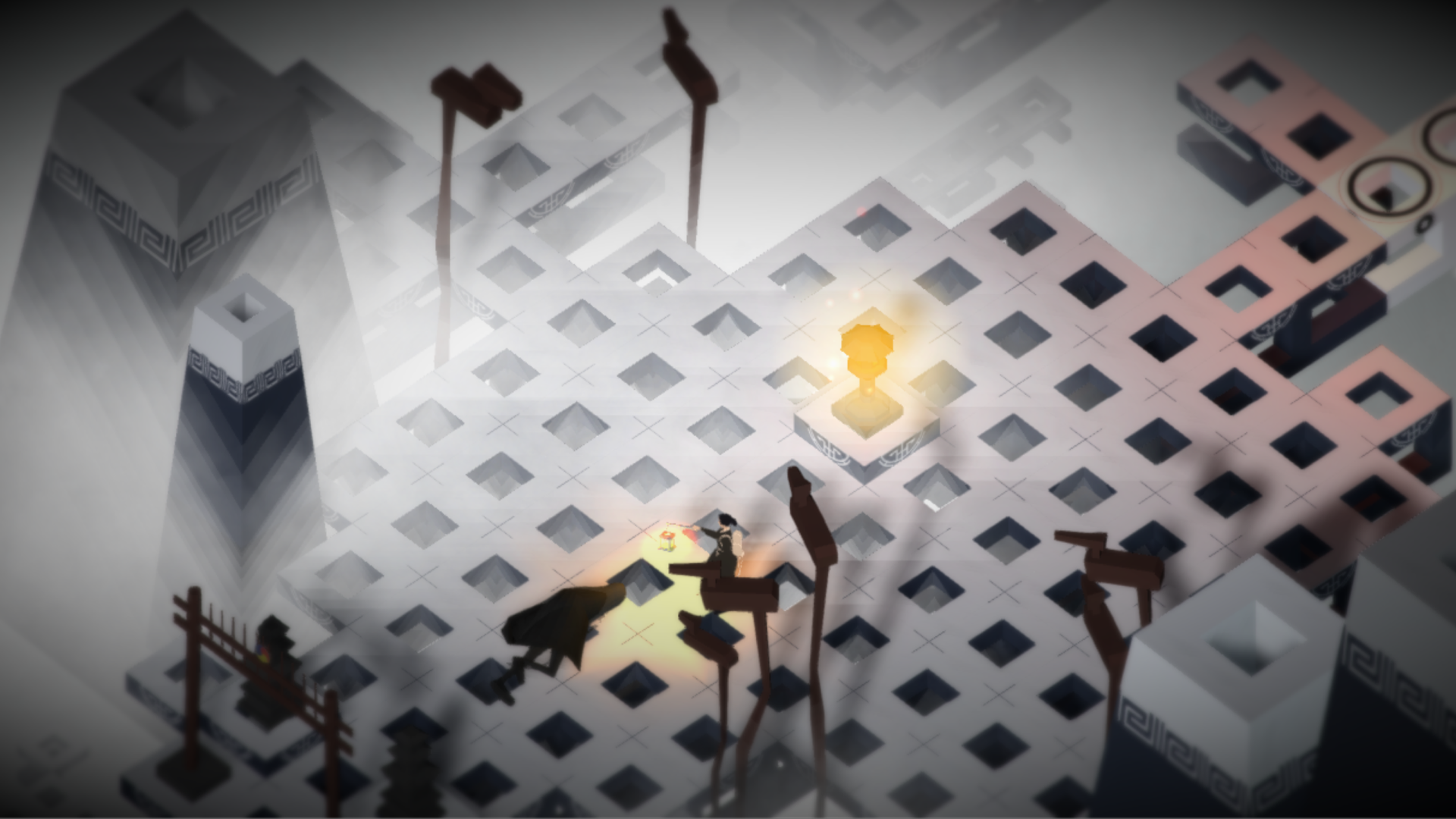
Anger
As denial fades, frustration takes its place. In this stage, emotions erupt into anger toward fate, others, or even themselves. Questions arise: “Why me?” “Why this?” The world feels unfair, and every shadow seems to fight back.
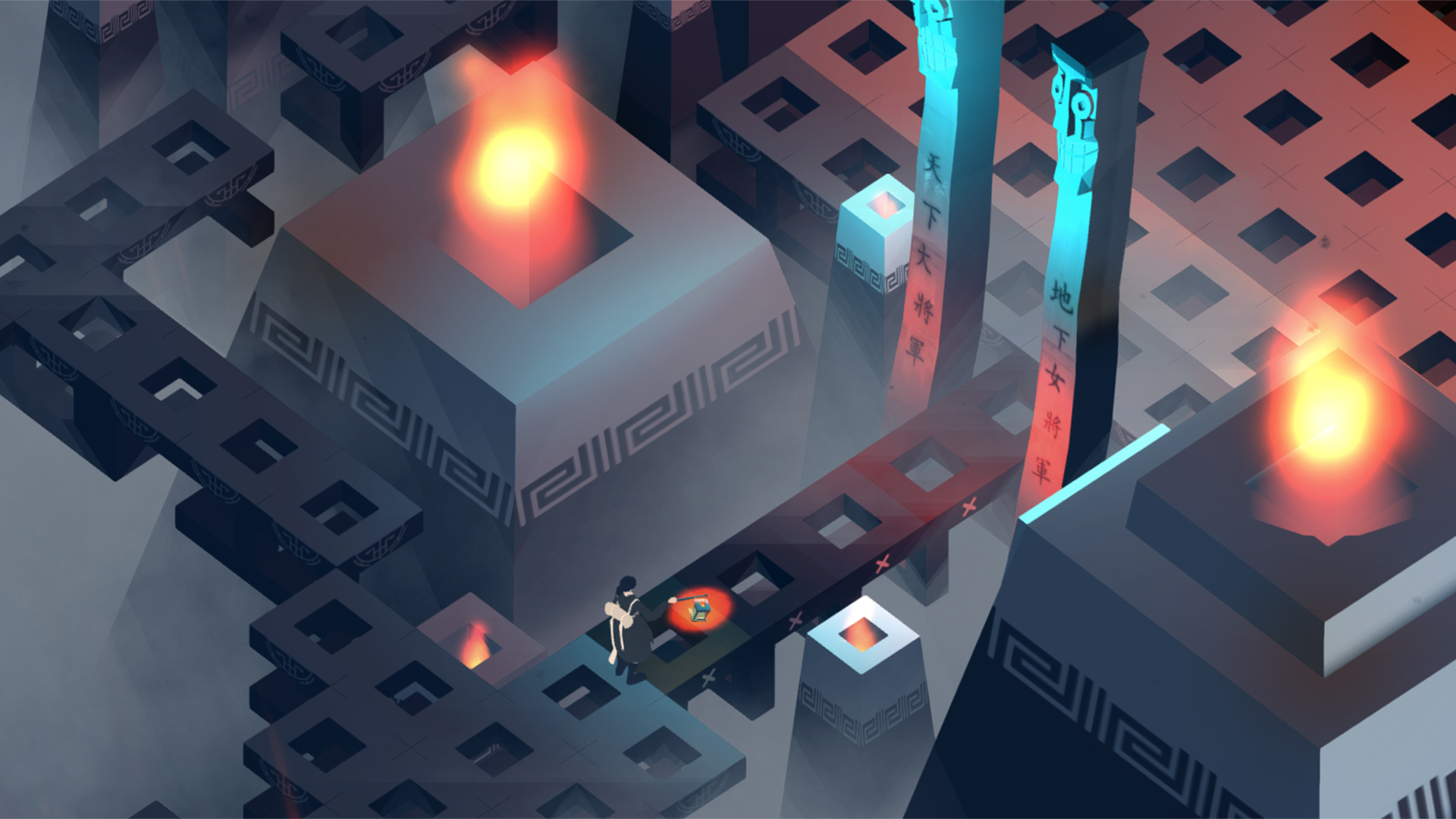
Bargaining
In bargaining, one searches for meaning or a way to change the inevitable. They plead with fate, offering deals or promises in hopes of reversing what has been lost, an act of desperate hope for one more moment, one more chance.
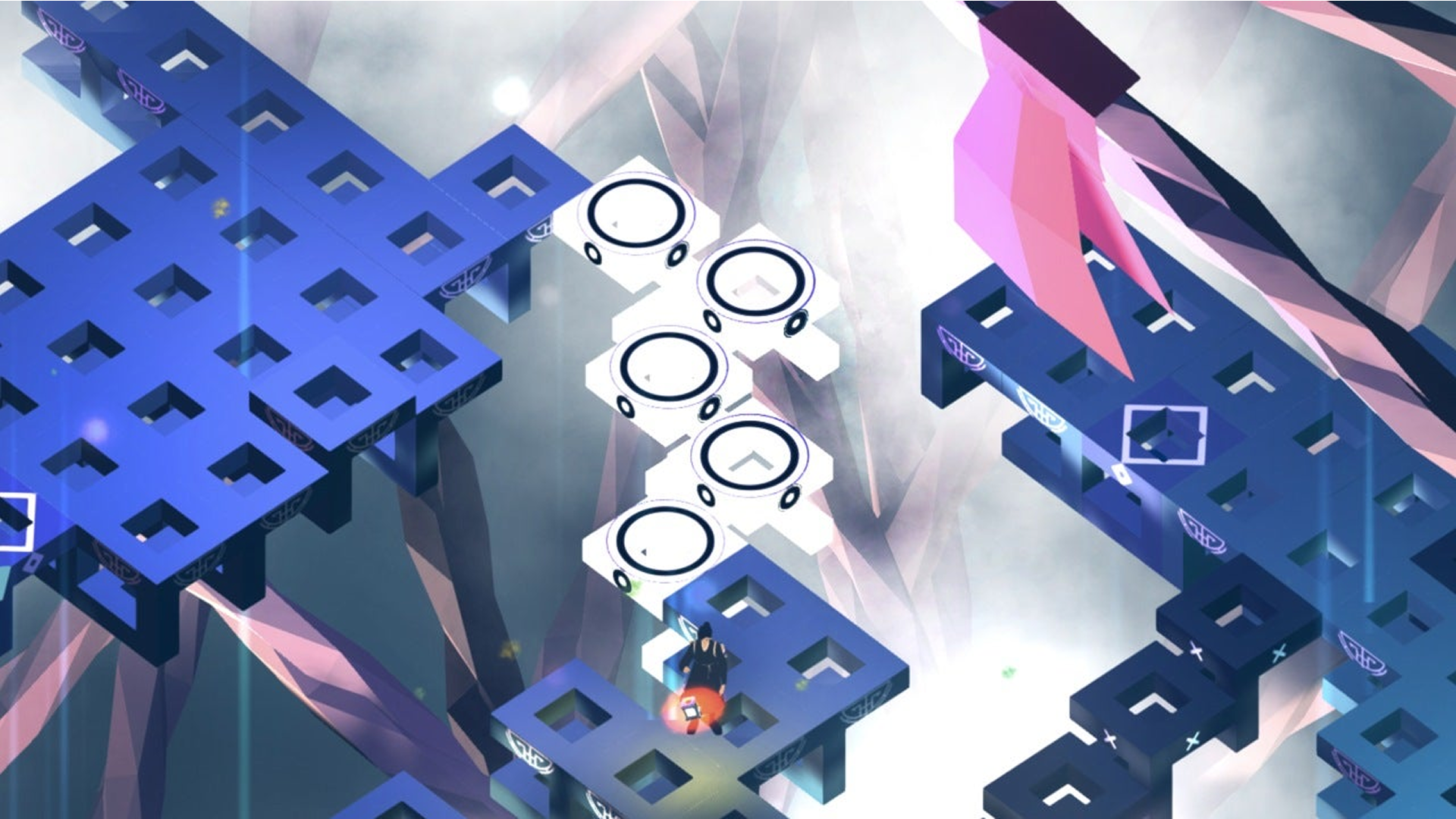
Depression
Here, the world grows quiet. Sadness and reflection take hold, and the weight of loss finally settles in. This stage is marked by stillness, time spent facing what cannot be changed, and finding the strength to simply feel.
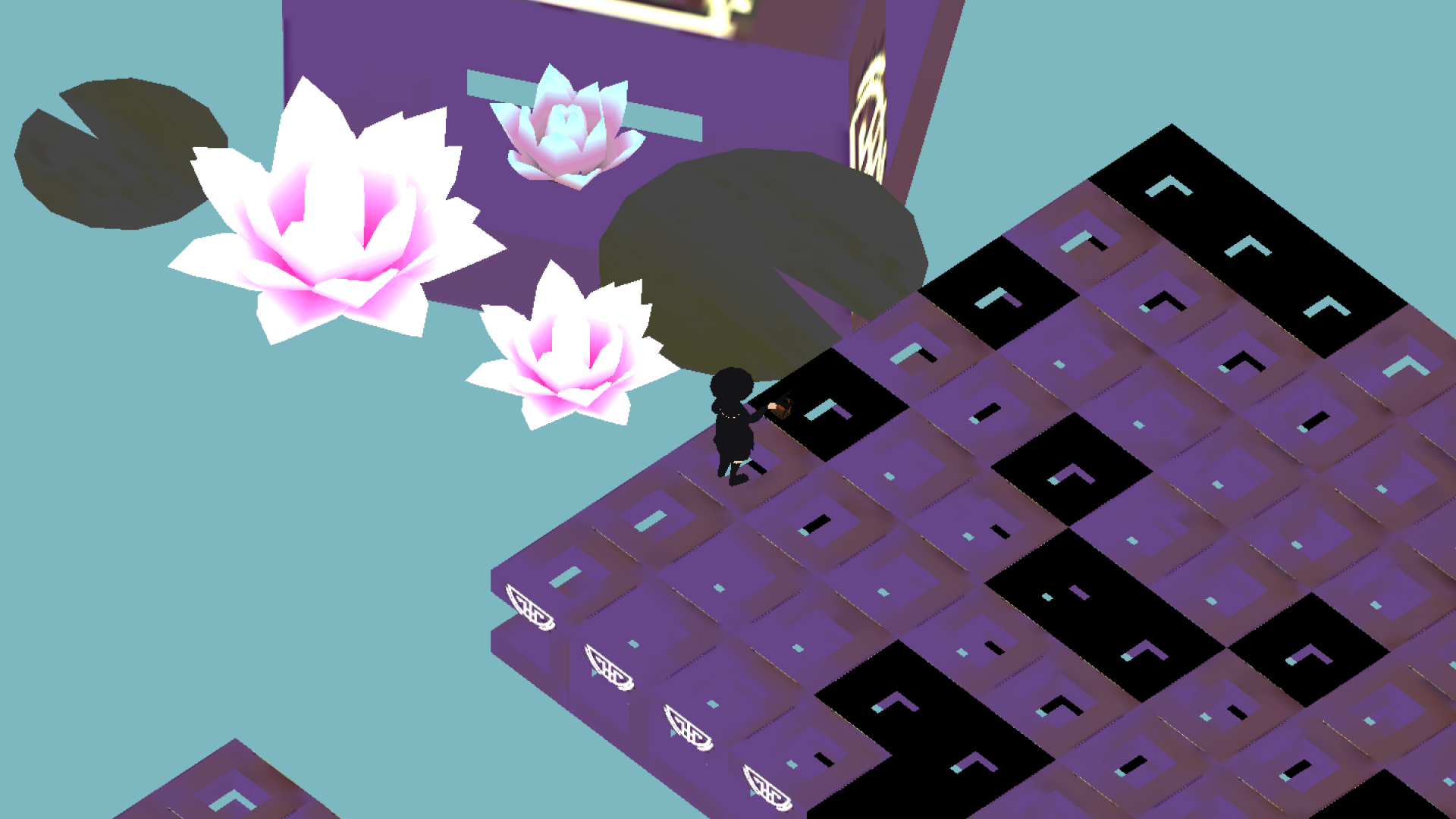
Acceptance
In the final stage, the person begins to make peace with what has happened. It is not forgetting, but understanding. The light returns, not to erase the past, but to balance it. From grief comes clarity, and with it, the courage to move forward.
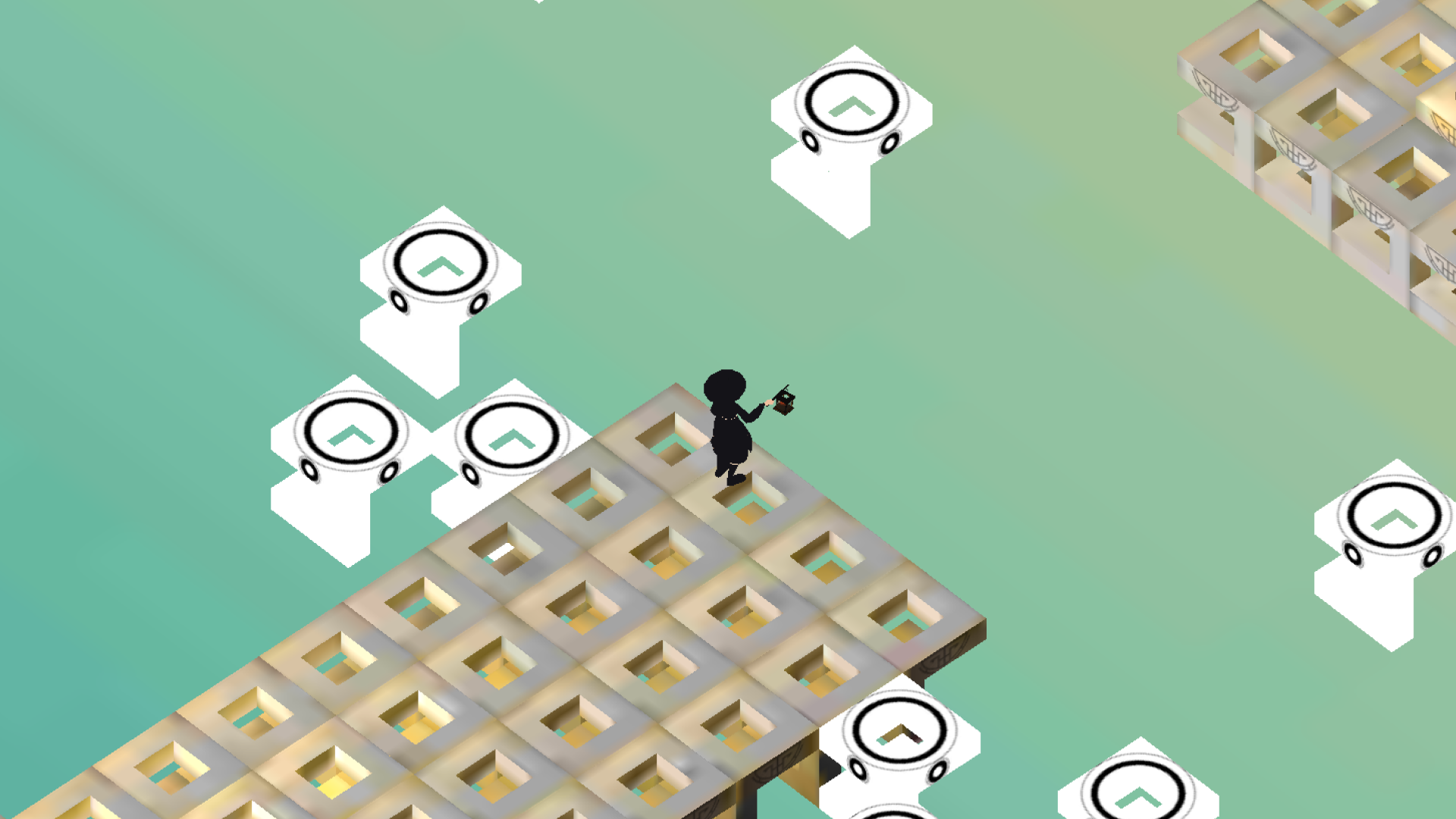
The ending changes based on how the player chooses to play. You may open the path and escape, or dive deeper into the hidden secrets of the world. Every choice matters, and each decision shapes a different ending.
The Grim Reaper walked toward the light, but darkness followed behind.
The reaper found the way forward but failed to uncover the truth hidden in the shadows. What was this place, and why did it exist? Without finding the answers, he stepped into the light, leaving the darkness unresolved behind him.

Guided the souls of the girl and himself toward the light.
The reaper discovered the lanterns and guided the souls through the silent land. Yet even after the path was lit, sorrow lingered. The light revealed the way, but could not heal the grief that bound them.

Grief, revenge, and unchanging reality. At last, the reaper understood it all.
The reaper finally grasped the truth behind the girl’s heart and the meaning of the darkness. Accepting both death and memory, they walked together toward the light, finding peace at the end of their long journey.
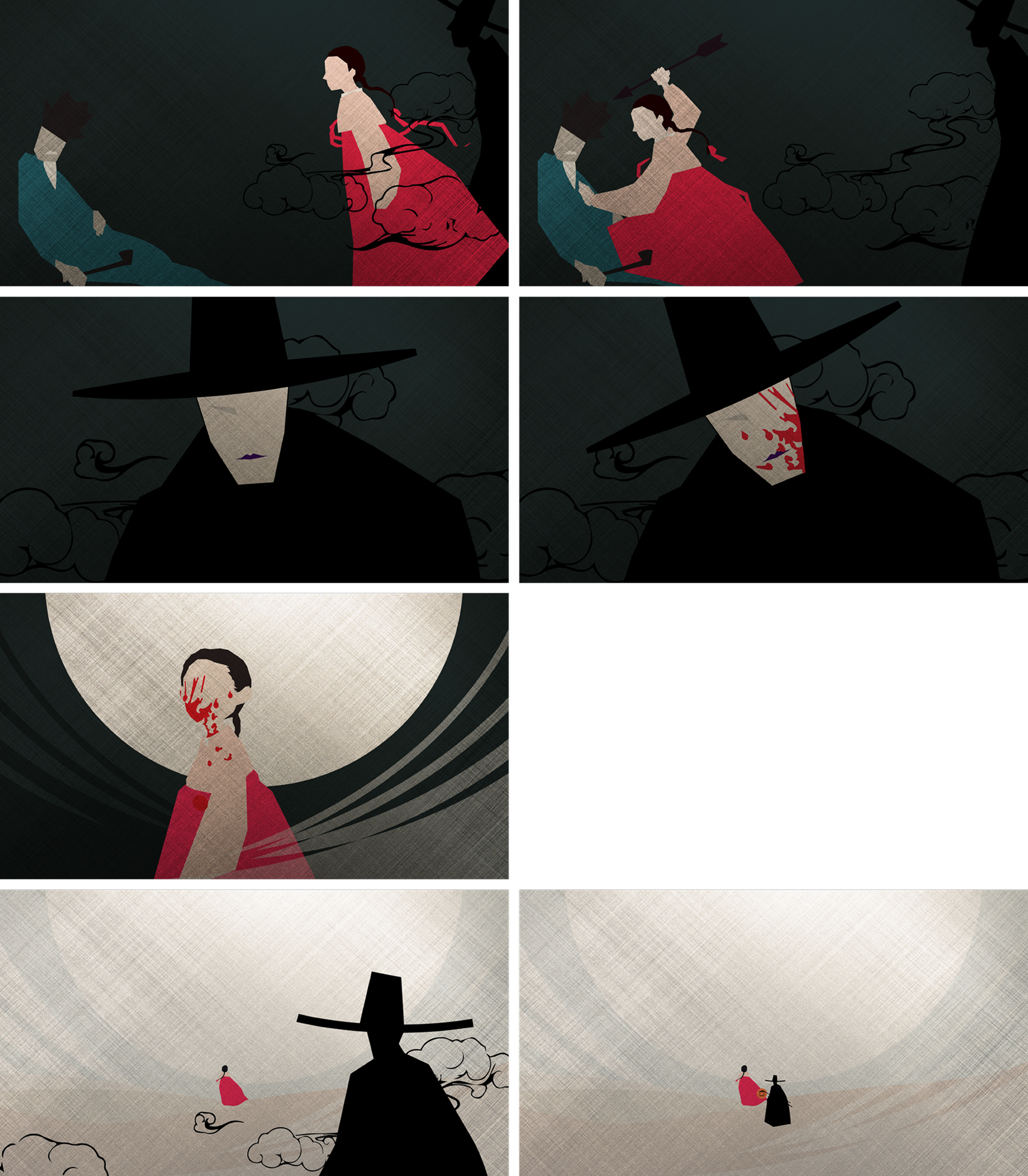
She was once a servant’s daughter in a grand house that never felt like home. But with her loving mother, she still knew happiness.
One night, tragedy came quietly. The cruel master sold her to a brothel, and her mother, broken by grief, took her own life. By the time the girl found her again, it was already too late.
While fleeing from the master’s violence, she too met her end. Her soul wandered, trapped between memory and sorrow, unable to rest. Until one day, a Grim Reaper appeared. And together, they began their journey toward the light.
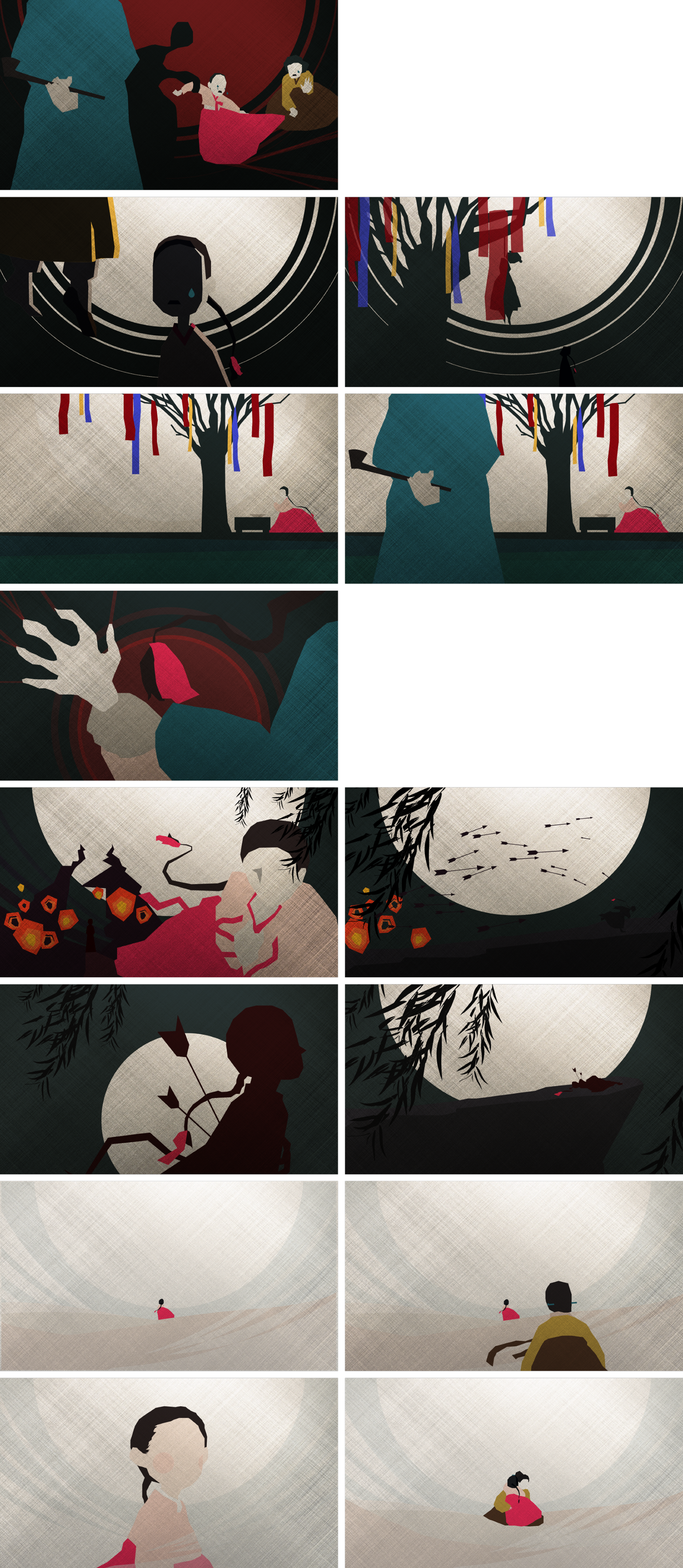
2014 Selection for Smart Creative Project (Smart Startup Program)
Hosted by the Korea Institute of Startup & Entrepreneurship Development
2013 Best Research Award, Convergent Consortium in Sungshin Women’s University
Awarded for outstanding research and creative integration across disciplines
2013 Special Award for Idea, Global Game Development Contest
Hosted by the Korea Creative Content Agency (KOCCA)
2013 Excellence in Research Award, PiQuest Design Competition
Hosted by the Korea Institute of Design Promotion (KIDP) under the Ministry of Knowledge Economy